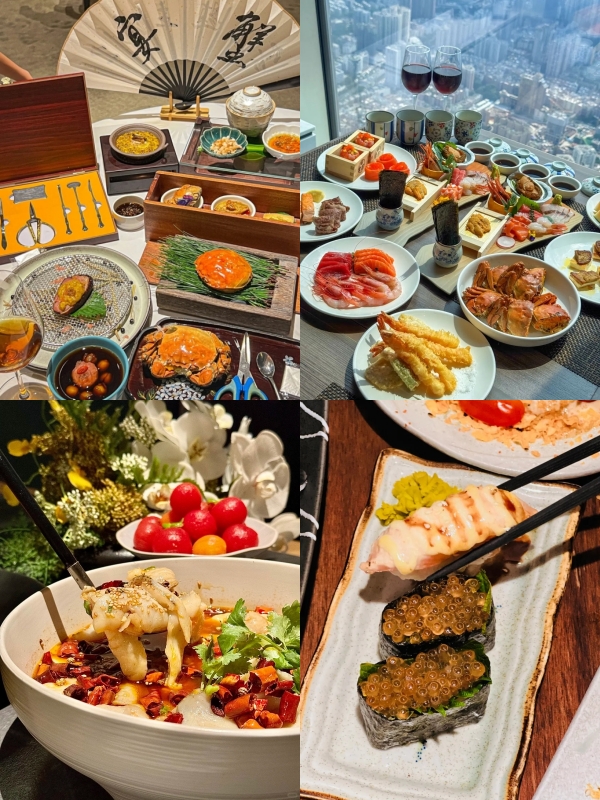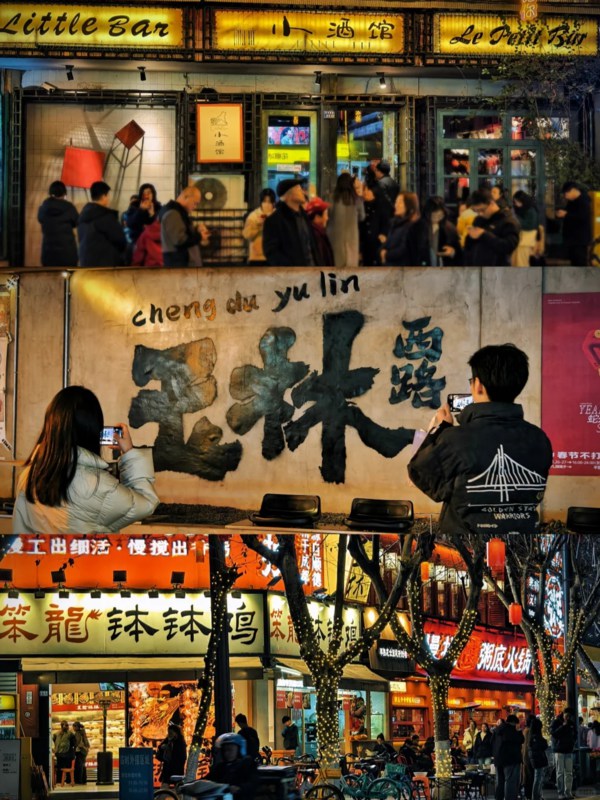Let’s talk about that episode in The Legend of Zhen Huan—yes, the blood test one. I didn’t just watch drama unfold—I watched loyalty unravel, friendships rot, and power show its sharpest teeth. Here’s my take on why this isn’t just peak palace politics—it’s cultural critique wrapped in silk robes.But hey, maybe you saw it differently. Did this episode shake you like it did me?
What I Saw in the Scene That Changed The Legend of Zhen Huan
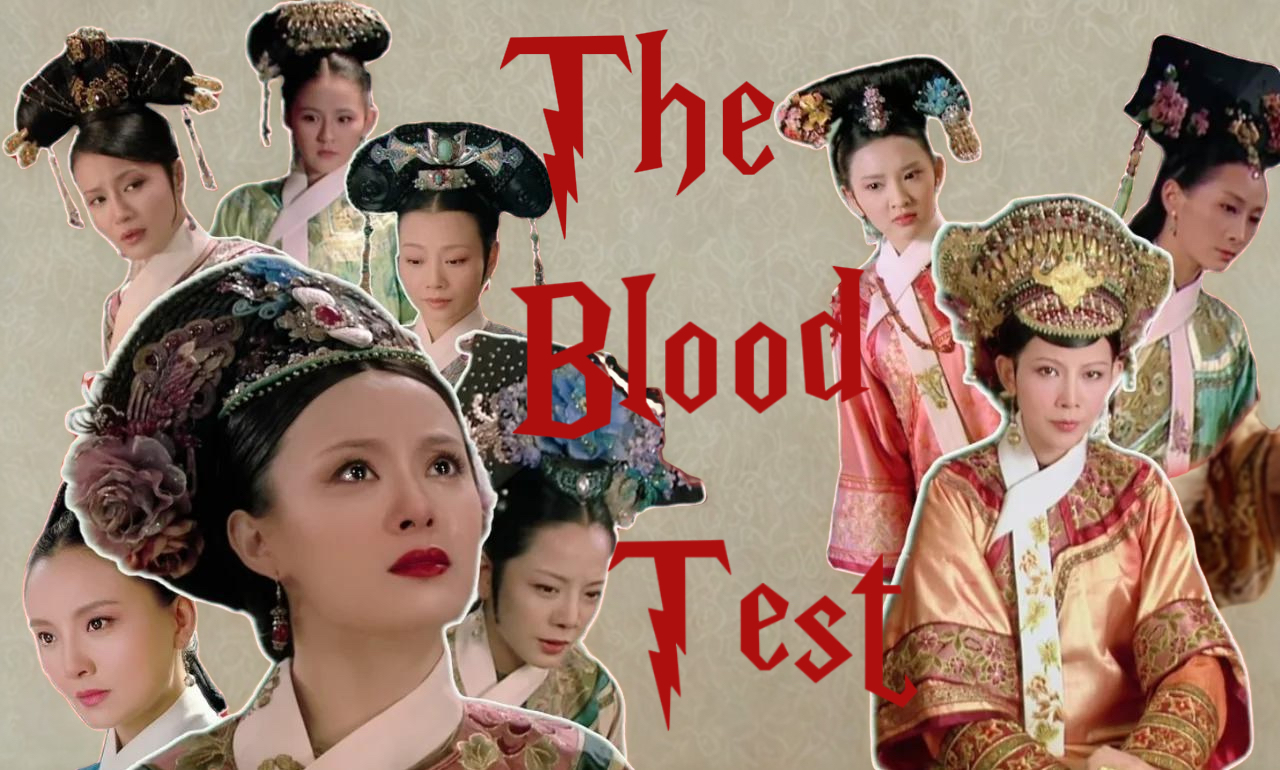
The Blood Test in The Legend of Zhen Huan
The Plot Setup: A Son’s Identity Questioned
Palace schemes in The Legend of Zhen Huan seemed built for a slow burn—until this episode shattered that rhythm. But this episode flipped that expectation on its head. The story takes a sharp, sudden turn when Huanbi—bribed and bitter—accuses Zhen Huan’s son of not being the Emperor’s. That sets off a full-blown identity crisis. Watching the Emperor spiral into suspicion, and finally agree to a blood test, was shocking. His decision to choose an ancient ritual over rational inquiry revealed not wisdom, but insecurity and paranoia—traits no ruler wants to admit.
What really struck me was how quickly everything unraveled. The pacing in this episode was razor-sharp. Within minutes, Zhen Huan’s once-secure status—rooted in “mother of the heir”—begins to crumble. And the real threat? It isn’t loud or obvious. It’s sitting quietly beside her. Both An Lingrong and the Empress hide behind soft smiles while pulling the strings. They don’t shout; they orchestrate. That’s what makes this so terrifying—The Legend of Zhen Huan doesn’t use shouting matches. It uses systems. Traps wrapped in silk.
This was also the first time I realized the show wasn’t just about palace drama. It’s about the cultural machinery behind it. Women don’t have selfhood. Even their children don’t truly “belong” to them. Everything must be sanctioned by imperial recognition. That realization shifted my entire view of the series. It also planted the emotional and cultural seeds that make the coming blood test feel inevitable—and heartbreaking.
Why the Blood Test Scene Still Haunts Me
The blood test scene lands like a silent explosion—no chaos, just pure dread.It wasn’t just dramatic—it was deeply unsettling. The Emperor commands a ritual based on the ancient belief of “blood merges if kin,” ignoring science, logic, or emotion. Everyone watches as a drop of blood determines someone’s fate. That’s not medicine. That’s theater. The whole thing felt more like a power ritual than a search for truth.
What really hit me was how the scene weaponized culture. In this moment, the show isn’t just telling a story—it’s exposing a mindset. In traditional Chinese society, bloodlines weren’t just biological facts. They were proof of legitimacy, power, and control. And if a woman’s body could not guarantee that blood, then her entire identity was at risk. That’s exactly what happens to Zhen Huan. She’s not just on trial as a mother. She’s on trial as a person.
I think the reason this scene stays with me is because of how quiet it is. No yelling. No chaos. Just slow, deliberate silence—broken only by the sound of blood falling into a bowl. In that moment, you realize The Legend of Zhen Huan isn’t just a drama. It’s a commentary on how rituals—beautiful on the surface—can be used to humiliate and erase. And it does this using a cultural tool many viewers outside China may not even recognize.
I Realized An Lingrong’s Silence Hurt More Than Words
The unraveling of Zhen Huan and An Lingrong’s friendship didn’t arrive with drama—it crept in quietly. But The Legend of Zhen Huan played it smarter. It gave us silence. An Lingrong stood there, face calm, voice soft, but everything she didn’t say screamed betrayal. She didn’t raise her hand, but she set the stage. That made it worse.
Let’s be honest: she wasn’t just an observer. She helped this happen. She fed doubts, whispered at the right time, and let someone else light the fire. What hurt most was how calculated it was. She used her softness as cover. Her words, always wrapped in concern, now cut like knives. “I did it for you,” she once said. But it was for her own place in the palace.
To me, this scene isn’t just about betrayal. It’s about how pressure and power twist people. In The Legend of Zhen Huan, sisterhood can turn into strategy. An Lingrong’s betrayal didn’t come with fireworks—it came with a calm expression and quiet poison. That’s what made it unforgettable.This is what makes The Legend of Zhen Huan so sharp. It shows how friendships become liabilities, how women who once held each other up learn to weaponize love.
The Cultural Meaning Behind the Blood Test Scene
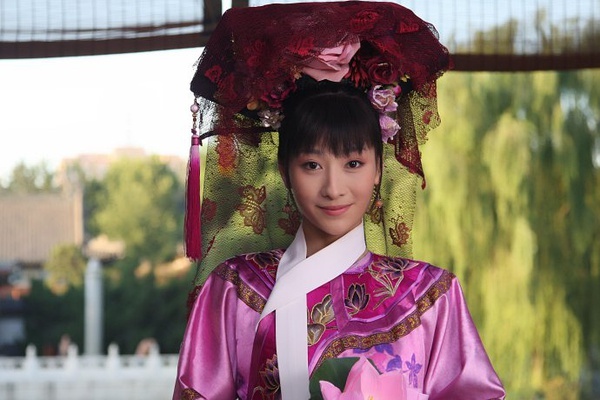
An Lingrong in The Legend of Zhen Huan
Bloodline Obsession and Patriarchal Control
I didn’t grow up thinking of blood as something that defines who you are. But The Legend of Zhen Huan threw that idea right in my face. That blood test wasn’t about truth. It was about power preserving itself through bloodlines. Watching it, I realized: In the palace, “who you came from” meant more than who you are. And in that system, a woman’s body was just a conduit for imperial legitimacy—never her own.
The emperor didn’t care if Zhen Huan was a good mother. He only cared whether the child’s blood matched his. That obsession with pure lineage—with unbroken, uncontaminated blood—felt terrifying to me. Because in that logic, any woman could become suspicious. Any child could become expendable. And there’s no defense against suspicion, except your blood... and even that might not save you.
I kept thinking about how this idea echoes beyond drama. In history, women were punished for “impure” bloodlines, children cast aside for being born of the “wrong” mother. That’s not fiction. That’s cultural inheritance. And The Legend of Zhen Huan doesn’t just show it—it forces you to feel it. That bowl of blood isn’t just a prop. It’s a symbol of a civilization that made blood sacred, even at the cost of empathy.
Ritual as Spectacle: Confucian Obedience Turned Against Women
When I watched this episode of The Legend of Zhen Huan, I realized something terrifying. The blood wasn’t the center—the people watching were. Everyone in the room became a participant in her humiliation. They weren’t just witnesses. They validated the ritual. That’s what shook me. This wasn’t about truth. It was about performance. Obedience had to be staged. Pain had to be visible. And Zhen Huan had to act like she deserved it.
This kind of scene reflects how Confucian ethics create ritualized submission. Concepts like filial piety and female virtue are often romanticized, but here they become tools of control. Zhen Huan’s silence is not grace. It’s demanded. Her lowered eyes, her slow steps, the careful way she holds her son’s arm—it’s all choreography. But it’s not for her. It’s for the emperor. For the court. For the system that needs her suffering to feel righteous. And in this scene, Confucianism doesn’t guide. It punishes.
What unsettles me most is how The Legend of Zhen Huan shows obedience as public property. Her body becomes the site of political confirmation. Her pain becomes a message. The scene doesn’t shout, but every detail screams control. It reminds me of real-world moments when women are told to “stay graceful under pressure.” It’s not grace. It’s performance under threat. And that makes this ritual more violent than any sword.
Costume, Space, and Symbolism in This Episode
Zhen Huan’s Dark Palace Robe: Dignity under Surveillance
What struck me wasn’t that Zhen Huan looked weak—it’s that she refused to. When she stepped into the hall, she wore a dark, formal robe, understated yet rich in symbolism. Her hairstyle was elegant but restrained. This wasn’t a disheveled woman. This was someone who dressed for dignity, not for favor. In a hall full of silent watchers, her clothes became her only armor.
In traditional Chinese culture, clothing was never just about fashion—it conveyed status, rank, and moral positioning. Zhen Huan’s dark Qing dynasty chaofu (court robe) avoided bright colors that suggested imperial favor, nor did it use white, which implied guilt or mourning. Instead, it sat in a visual middle ground—a deliberate act of ambiguity and resistance. Her subtle makeup, lack of ornate jewelry, and firm posture were part of this coded message. She was saying: “You may question my child, but not my place in this court.”
To me, this moment showed why The Legend of Zhen Huan feels so rooted in Chinese history. This wasn't just drama—it was a lesson in how women under the Qing system learned to fight back with what little power they had. In a world where words could be twisted and silence was safer, even a robe could speak. Hers said: I see you. I am still here.
The Hall of Judgment: Staging as Psychological Pressure
In The Legend of Zhen Huan, some scenes feel heavy before anyone speaks. That’s not just good acting—it’s architecture doing the talking. In the blood test scene, you don’t just see injustice, you feel it through the space: high ceilings, deep symmetry, and a silence that wraps around the characters like iron.
The Hall of Judgment follows the rules of Qing court architecture—open layout, rigid axis, and clear spatial hierarchy. Zhen Huan stands alone in the middle, far below the emperor, flanked by rows of silent courtiers. The vertical distance speaks louder than the dialogue. This setup isn’t decorative. It reinforces the idea that individuals are always secondary to the imperial order.
What’s chilling is how space becomes a tool of obedience. The porcelain bowl isn’t the only focus—the long walk to the center, the way light hits the floor, the echo of footsteps—every part of the design isolates Zhen Huan. It mirrors the Confucian belief that power should be visible, and punishment should be witnessed. In traditional Chinese palaces, space disciplines the mind, long before judgment is spoken.
Where Can You Experience This Culture in Real Life?
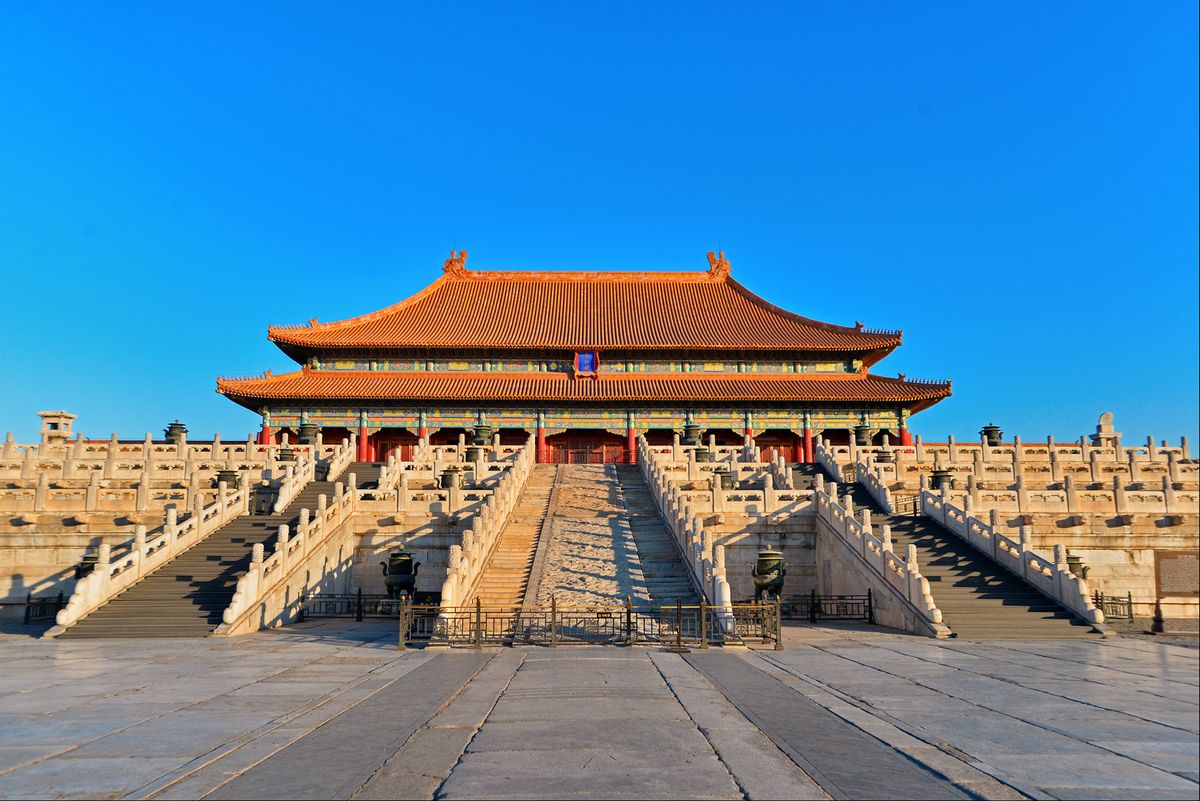
The Palace Museum
Visiting the Forbidden City: Walk the Halls of Zhen Huan
If The Legend of Zhen Huan drew you into Qing Dynasty life, visiting the Forbidden City will take it one step further. As you walk through the red gates and stand under golden rooftops, you’ll see exactly how the drama captured China’s imperial grandeur. Spots like Cining Palace and Zhongcui Palace mirror the living quarters shown in the series—especially those of the empress dowagers and favored concubines.
You can start your visit from the Meridian Gate, moving through iconic halls like Taihe Hall, then west toward the living quarters of the inner court. These are the very spaces where palace politics played out in real life—just like in the show. To make the most of your visit, grab an English audio guide or download the Palace Museum App or Smart Guide. These apps explain the rituals, hierarchy, and architecture that shaped daily life in the Forbidden City—and deepen your understanding of the drama’s historical setting.
Want to dress like Zhen Huan? Near the south and east gates, you’ll find Qing-style costume studios where you can wear authentic robes, get styled with traditional makeup and hair, and pose for portraits. Most studios offer English-speaking staff, and backdrops range from garden courtyards to full palace interiors. Prices usually run between 200–500 RMB, and it’s a fun way to bring your favorite scenes to life.
Address: Palace Museum, Beijing
Admission: 60 RMB (general ticket)
Opening Hours: 8:30 AM–5:00 PM (last entry at 4:10 PM), closed Mondays
Metro: Line 1, Tiananmen East or West Station
Tickets: Trip.com – Palace Museum
Costume Studios: Try “Wangfujing Hanfu Studio” near the East Gate
Other Destinations for Qing Dynasty Enthusiasts
The Forbidden City isn’t the only place where you can feel the world of The Legend of Zhen Huan come to life. If you’re fascinated by Qing Dynasty culture, you should expand your trip beyond Beijing. Several other destinations offer deep cultural context and architectural beauty that reflect the era of Zhen Huan.
Chengde’s Mountain Resort is a must-visit. This UNESCO World Heritage site was the emperor’s summer escape, filled with temples, pavilions, and gardens. It’s where you’ll truly understand the scale of imperial power—and the loneliness that came with it. Summer Palace (Yiheyuan) in Beijing is another gem. While more garden-like than palace-like, it gives you insight into the leisure life of royal women, with its famous corridors, lakes, and storytelling murals.
Also consider Jingshan Park, right across from the Forbidden City. Climb to the top and you’ll get the best panoramic view of the palace, the same way Qing rulers used to reflect on their reign. If you’re into details, many of these spots still have original stone inscriptions, dragon carvings, and tiles used during the Qing Dynasty. You can even plan a full “Qing Court Journey” connecting these historic sites.
For a smoother trip, use Trip.com to book English-language tours or small group experiences. They often include skip-the-line tickets and cultural guides who understand Qing etiquette and history. Most locations charge 20–60 RMB, and some offer free entry on select weekdays. Before visiting, check visa rules—China currently offers visa-free entry or simplified e-visas for travelers from dozens of countries. Use visaforchina.cn to see if you qualify.
Chengde Mountain Resort: ~70 RMB, 2.5 hrs from Beijing
Summer Palace: ~50 RMB, Metro Line 4 to Beigongmen
Jingshan Park: 2 RMB, great for photography
English Tours: Book via Trip.com or Klook
Zhen Huan as Cultural Key
To anyone who wants a real taste of Chinese culture, The Legend of Zhen Huan is my go-to recommendation. It’s not a stiff historical documentary—it’s gripping, emotional, and quietly educational. The show folds in Qing Dynasty court rituals, traditional Chinese medicine, Buddhist and Confucian beliefs, and gendered survival strategies. That’s a lot, I know—but it never feels overwhelming. The beauty is that you learn by watching, not by being told.
The characters aren’t just fictional women—they’re lenses into centuries of social rules and spiritual thinking. One scene might show a concubine applying herbal remedies, while another shows her navigating unspoken court etiquette. You begin to understand how power worked, how bodies were treated, how silence spoke volumes. It’s culture by osmosis.
If you want to start watching, here’s my tip: try the shortened version with English subtitles on Netflix or Amazon. It’s more accessible for casual viewers. But for the full experience, the 76-episode version is available on YouTube or Bilibili—you’ll need to search for fan-subtitled or native-language versions. To deepen your understanding, pair it with commentary videos on YouTube. Channels like AvenueX or MeiYu help explain historical details and cultural nuance that might otherwise go over your head. Trust me, the more context you gain, the richer this story becomes.

